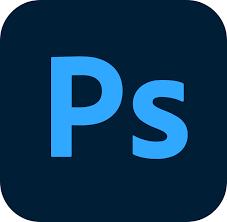News
Media’s Impact on Culture
When we talk about how much influence media really has, you don’t have to look far. What just happened this past weekend is the perfect example. This past Saturday, June 14, 2025, was a flashpoint in American media and politics. President Trump, on his 79th birthday, hosted a full-scale military parade
Introduction to the Shapiro Library and Annotated Bibliography Review
For my chosen topic from Module One, I selected “The Impact of Artificial Intelligence on Digital Marketing Strategies”. As AI rapidly transforms marketing, I am researching how companies are integrating AI tools for content creation, customer engagement, and data analytics thanks to the advancement of the cognitive mechanisms of AI
Web Source Evaluation – Strategies and Criteria
Hello everyone, My name is Niki Jacob. I come from a background in digital media and education. Currently a digital media instructor at a local technical school in Southern, NJ. Degrees in Music, Video and Multimedia along with Graphic Design and Marketing. I’ve had hands-on experience working with Adobe tools,
Building Media Literacy Skills
Hello everyone, My name is Niki Jacob. I come from a background in digital media and education. Currently a digital media instructor at a local technical school in Southern, NJ. Degrees in Music, Video and Multimedia along with Graphic Design and Marketing. I’ve had hands-on experience working with Adobe tools,




